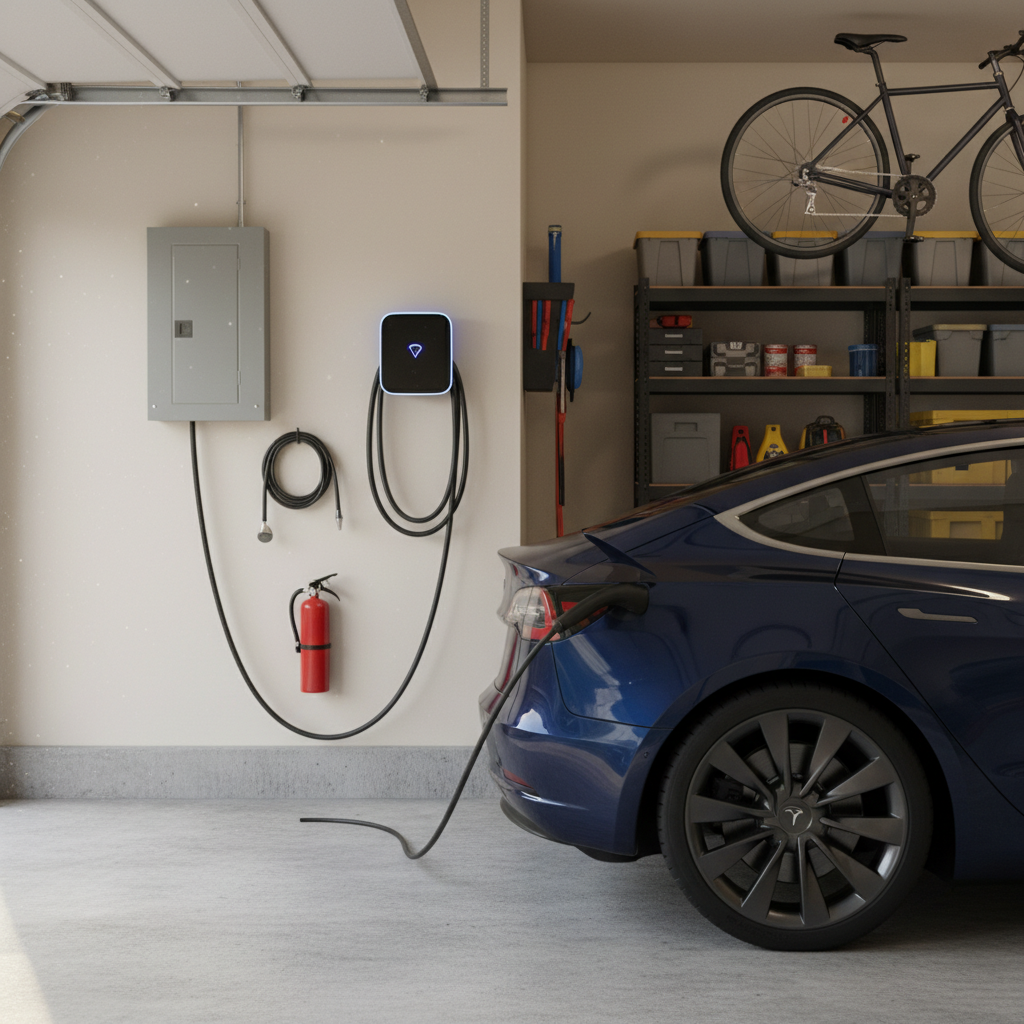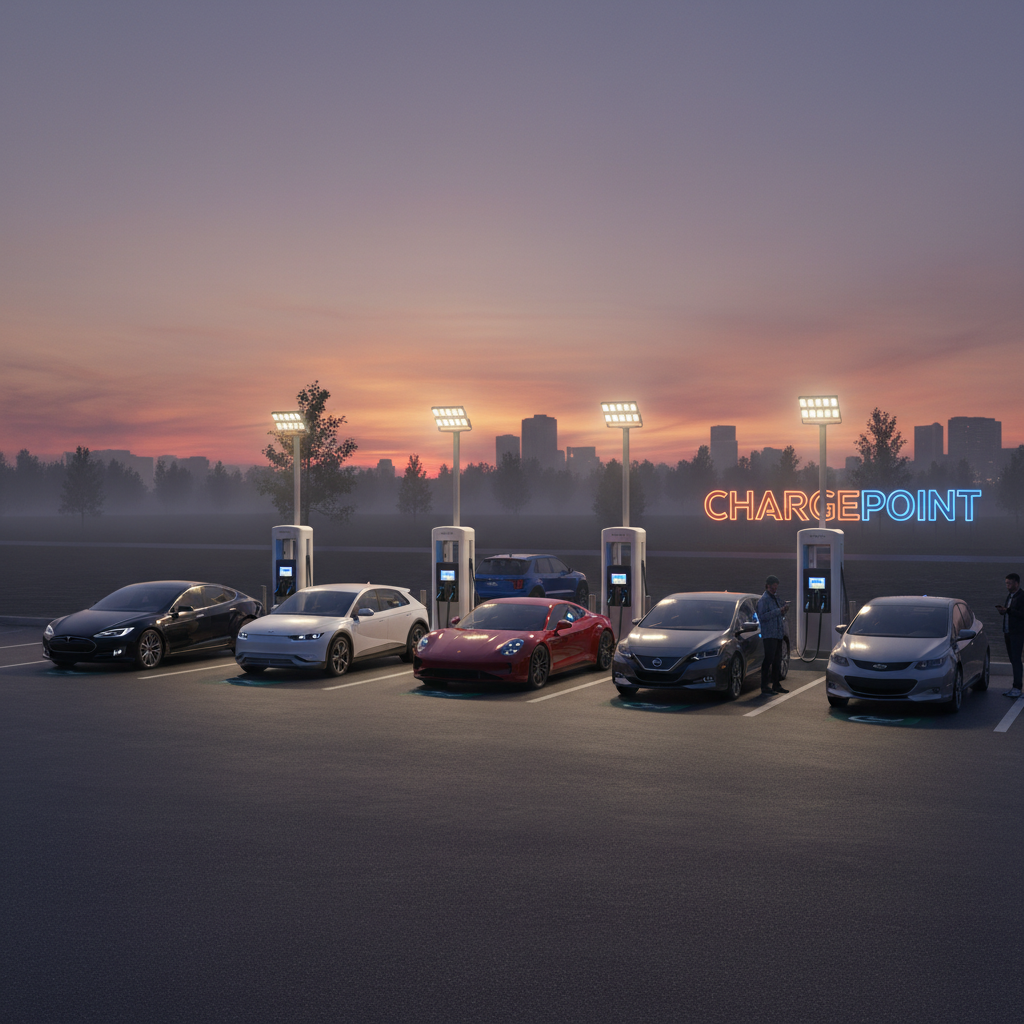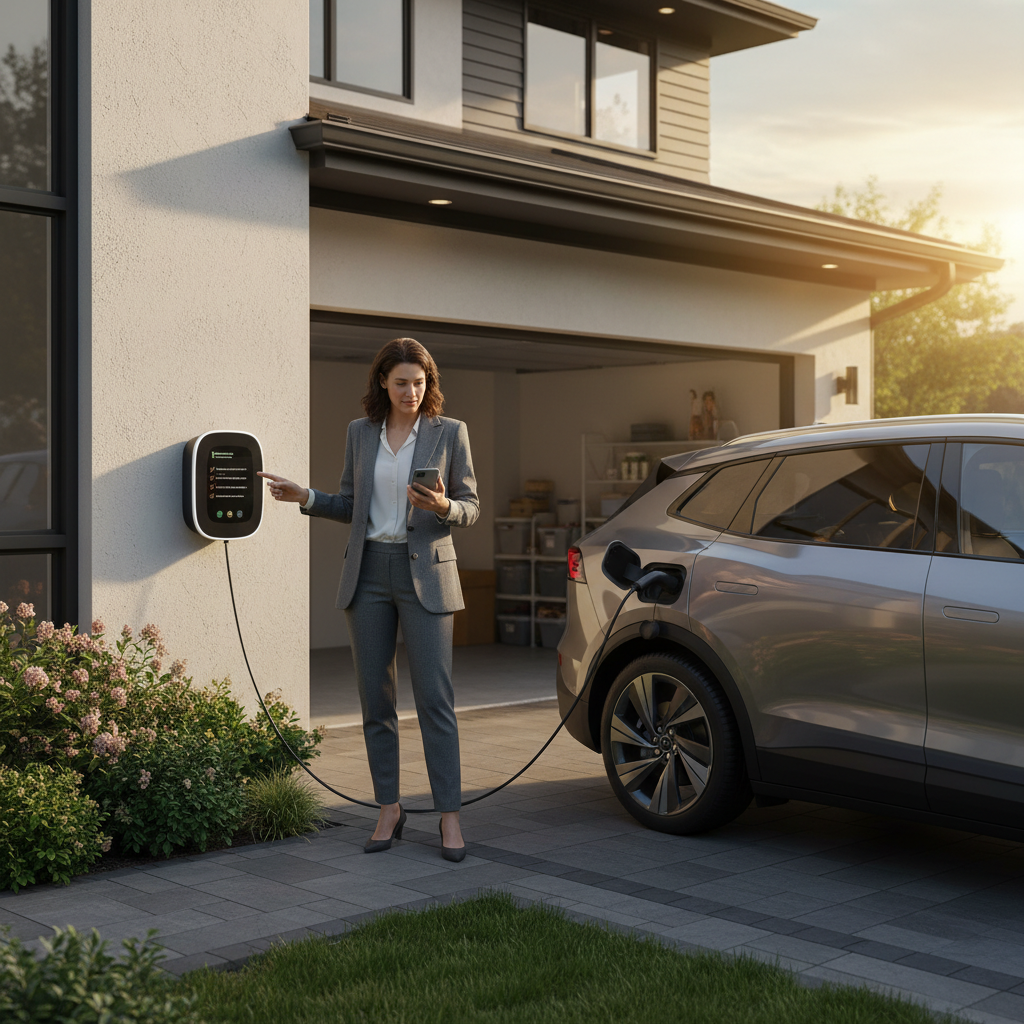Plugged In & Protected: The Real Risks—and Solutions—of Insuring Your EV Charging Ecosystem in 2025
Home chargers, public cables, portable adapters—the rapid growth of electric vehicles (EVs) and plug-in hybrids has transformed not just the way we drive, but also how and what we must insure. If you’re investing in an EV in 2025, your biggest risks might not be on the road—they might be in your garage, driveway, or at the charging station down the block. Are you really covered? Or are unseen gaps in your insurance quietly stacking up costly risks?
Contents
- 1 Hidden Hazards: What the EV Charging Ecosystem Really Exposes You To
- 2 The Fine Print: Where Insurance Gaps Cost Real Money
- 3 2024–2025 Policy Trends & Real-World Add-Ons
- 4 Expert Tips: How to Be Proactively (and Profitably) Insured in 2025
- 5 Take Control: Maximize Your Coverage and Minimize Surprises
Hidden Hazards: What the EV Charging Ecosystem Really Exposes You To
Most EV owners assume their auto policy covers everything, but that’s a myth. Let’s break down the real-world scenarios you’re facing—and where coverage often doesn’t follow you:
- Home Wallbox or Hardwired Charger: If it sparks a fire or is damaged by a power surge, is your home insurer or car insurer responsible? Most homeowners policies cover the wallbox as a home fixture, but not the vehicle or its battery if the charger malfunctions and causes damage to the car. Warranty claims may also be tricky if the charger wasn’t professionally installed or certified.
Average price: ChargePoint Home Flex ($749), Tesla Wall Connector ($475), Emporia ($599). - Portable Chargers & Cables: Easily left in a trunk or driveway, these are magnets for theft and vandalism. Most auto policies will not cover stolen cables unless you added Custom Equipment or Personal Effects coverage, while home policies may only cover if they’re in your garage at the time of loss.
Popular models: Lectron Level 2 Portable ($319), Inteset J1772 ($258). - Public Charging Mishaps: Damage to your car from a faulty public charger (think: software glitch fries your battery) may be a liability claim against the station operator—but if they fight it, you could be on the hook. Some comprehensive auto policies will help, but exclusions are common, especially for gradual battery damage.
- Driveway vs. Garage Charging: If your EV or charger is vandalized, stolen, or damaged in your driveway, your auto policy handles the car, while your homeowners/renters covers the charger—but only if it was permanently installed. If your insurer finds an installation wasn’t to code, you could be denied.
The Fine Print: Where Insurance Gaps Cost Real Money
In 2025, EV insurance premiums are up 23–49% over gas cars, averaging $4,058/year in the US, with higher premiums in low-EV-adoption states and for models from EV-only brands like Tesla or Rivian[4][1][6]. But high premiums don’t guarantee broad coverage:

- Battery/Charger Damage from Charging Faults: Most warranties cover manufacturing defects, but insurance only pays if damage is sudden and accidental—not from gradual wear or home electrical issues. Real claim: A homeowner’s wallbox sparked a fire that destroyed the EV and garage; their home insurer paid for the building, but refused to cover the car’s battery (auto insurer also denied, citing electrical exclusion)[3].
- Liability from Public Charging: If your charging cable trips a passerby or your car causes a power outage, liability may fall under your home or renters policy—but only if you notified your insurer of the charging setup. Don’t assume you’re covered by default.
- Theft and Vandalism of Cables/Chargers: Stolen cables from public charging sites typically aren’t covered unless you’ve added special Personal Effects or Custom Equipment coverage. Portable chargers in a home garage may fall under home insurance—if you have proof of purchase and it’s listed as a covered item[8].
2024–2025 Policy Trends & Real-World Add-Ons
Insurers are scrambling to fill these gaps. Here’s how the smartest EV owners are protecting themselves—and how to avoid FOMO on the latest (sometimes scarce) coverage enhancements:

- Charger-Specific Endorsements: Allstate and USAA now offer explicit endorsements to cover home wallboxes against fire, theft, and vandalism—starting from $35/year if bundled.[8][9]
- Portable Equipment Riders: State Farm and Progressive have released add-ons for portable charging gear and cables, but availability is very regional and often capped at $1,000 per claim.
- Free EV Roadside & Mobile Charging: Nationwide and GEICO now include dead-battery towing and on-demand charging for certain EV models and policies, reducing the risk of costly stranding.[2]
- Home Charger Installation Rebates: Some state programs (like BAAQMD’s “Clean Cars for All” in California) offer up to $2,000 towards professional installation, but rebates are first come, first served and run out quickly[7].
- Cyber Risk Coverage: High-end policies are beginning to offer protection against software hacks—especially for public charging networks. Demand is growing fast, but supply lags.
Checklist: Covering the Whole Charging Ecosystem
- Is your home charger (wallbox) listed as a covered item on your homeowners policy? If not, get it in writing.
- Do you have Custom Equipment or Personal Effects coverage for portable chargers and cables? Add if not.
- Does your auto policy cover battery damage from charging faults, fire, or vandalism? Ask for explicit language.
- Have you notified your insurer if you charge primarily in your driveway? Some policies require it for liability coverage.
- If you use public chargers regularly, is there a claims history exclusion or higher deductible for off-premises damage? Double-check.
- Is there a cyber/theft rider for your public charging activity? If not, compare policies that offer it.
- For renters: Does your policy cover EV-related liability or theft/vandalism in shared garages or parking? Coverage is inconsistent.
Expert Tips: How to Be Proactively (and Profitably) Insured in 2025
- Shop across at least 3–5 insurers for EV-specific endorsements before your next renewal. Don’t just renew automatically—competition is heating up, and some coverages are only offered to new customers or in limited states.
- Bundle auto and home/renters coverage for maximum leverage and potential discounts. Some insurers offer up to 18% off for bundling policies—enough to offset the EV insurance premium gap in many cases.
- Keep receipts and serial numbers for all chargers and cables. Document location and installation method (especially for home wallboxes). This is critical for claims approval.
- Act fast on state/utility rebates for charger installations. These are rapidly depleted and can drastically reduce your out-of-pocket and insurance risk.[7]
- Re-evaluate your deductible and out-of-pocket limits annually. As charger and battery replacement costs rise, a low deductible may be worth the premium.
Take Control: Maximize Your Coverage and Minimize Surprises
Don’t let your EV investment—and your family’s safety—be undermined by insurance gaps hiding in the charging ecosystem. With the right combination of auto, home/renters, and the latest endorsements, you can confidently plug in anywhere, knowing you’re truly protected.

Ready to see how your policy stacks up? Compare, ask these critical questions, and secure those rebates and endorsements—before they’re gone. The electrified future is here, but so are new risks and opportunities. Don’t get left unplugged!

